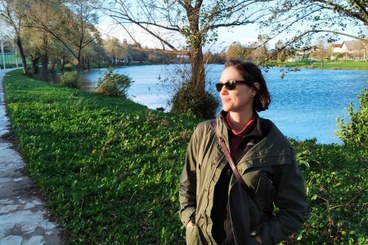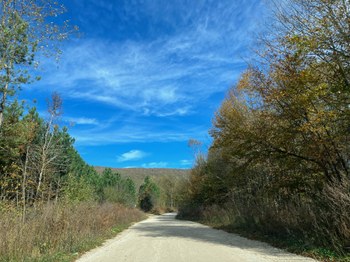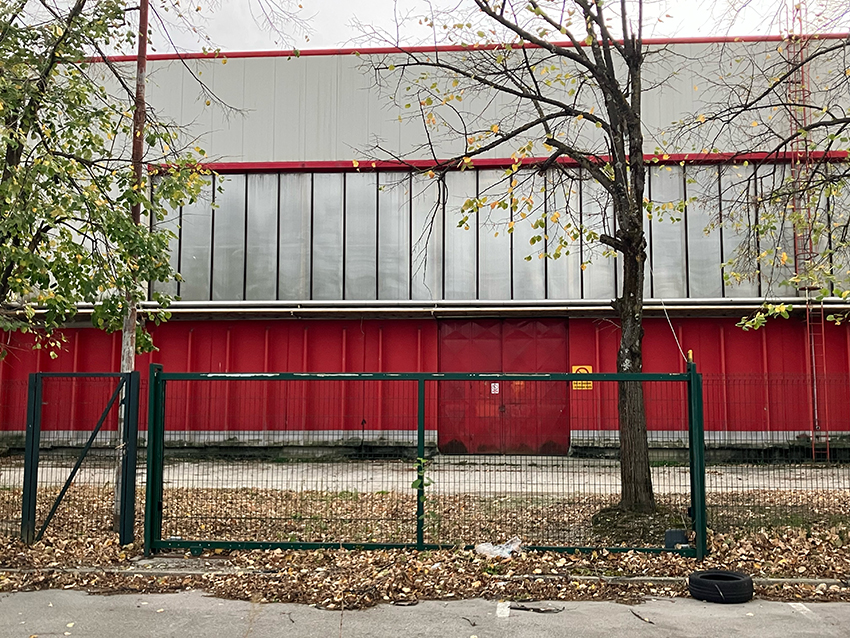
By Yolanda Weima

From 30 October to 4 November 2023, I conducted an introductory visit to Una-Sana Canton (Unsko-Sanski Kanton). Located north-western Bosnia and Herzegovina, bordering Croatia, the canton is given its name from two well-known rivers, Una and Sana. It has long been considered both a peripheral area, with a sense of abandonment, and a frontier, where cultures and powers meet (Zocchi, 2023).
Since 2018, Una-Sana is also synonymous with the route forged by refugee-migrants across Europe. As border enforcement increased in other regional countries, more and more people on the move began to attempt to cross to Croatia from this corner of Bosnia, and have faced varying degrees and frequency of pushbacks to Bosnia through the years. Una-Sana has thus emerged as a key site for "migration management" in Bosnia specifically, but has also within Europe more broadly, with a changing landscape of formal and semi-formal reception centres/camps, and informal squats and encampments. I was able to learn much about this changing landscape from TheGAME researcher Roberta Gentili, who is based in Bihać and provided an excellent introduction to the area.
I visited and learned about the city of Bihać, the current Temporary Reception Centres Lipa and Borići, and viewing (from the road or sidewalk) the sites of prior, now closed, centres (Sedra and Bira) and squats that had previously housed hundreds and hundreds of people (including the former Dom Penzionera (Pensioner's Home)). All of these visits were introductory for me, and all were restricted in various ways given the rules of access to such sites. Staff leading the visits at both centres shared that they are quite full, with much higher rates of residency than five or six months ago, and most residents passing through relatively quickly. The formal camp visits offer a minor, peripheral glimpse into camp governance and what makes such centres distinct places, as well as their relation to the broader, changing landscape through time.
These sites, and time in the city of Bihać, led me to reflect on the varying visibility and invisibilization of aspects of vastly different mobilities and immobiliities at sites within city and the region more broadly. Una-Sana Canton is a fascinating place, where post-socialist and post-war changes in investment and the socio-economic landscape, emigration and diasporic return visits, international tourism, and the mobilities of refugee-migrants, volunteers, and staff of various migration-related organizations (and researchers!) intersect with varying rhythms across the years.

The exterior of the now disused former Bira camp, in the former Bira factory.
Una River, Bihać, Bosnia and Herzegovina